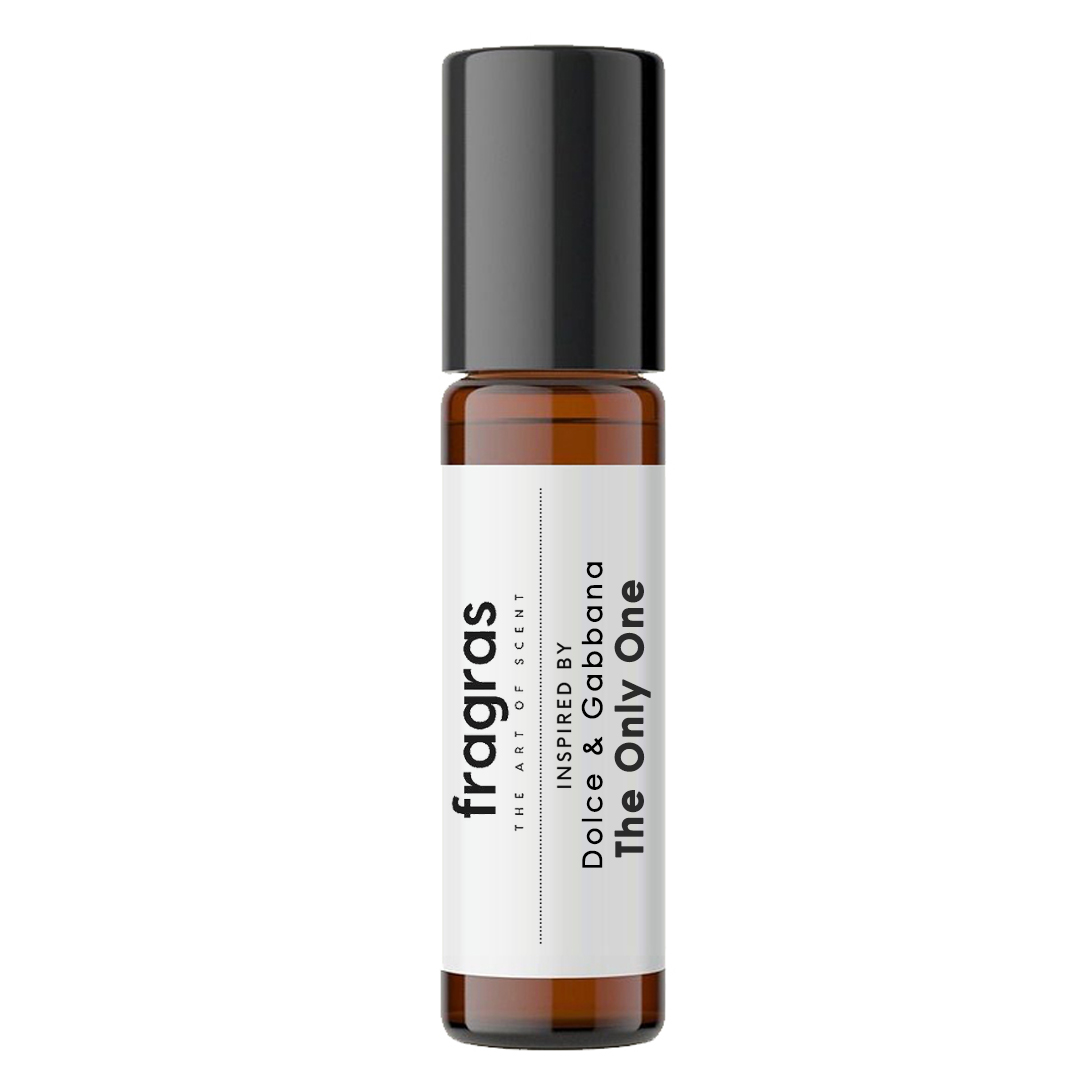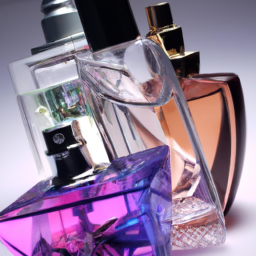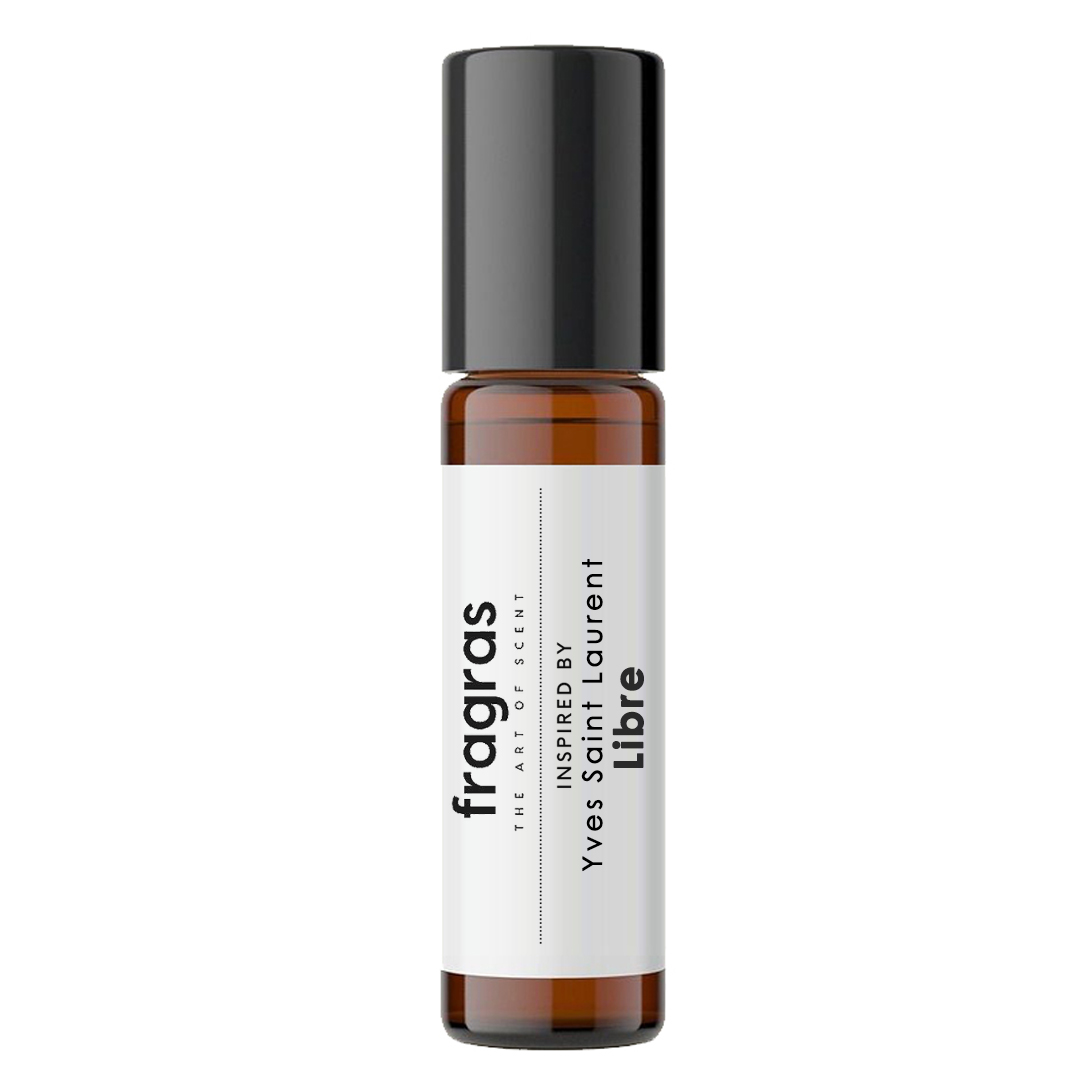
The History of Perfume Cloning
Ever since the dawn of humanity, humans have sought to capture and capture the scent of nature around them. Throughout history, civilizations have sought to harness the mystical power of aroma by creating fragrances that they could use to add a pleasant scent to the air. While some may believe that the practice of perfume cloning is a more recent phenomenon, it is actually a practice that has been taking place for centuries.
Ancient Times
The earliest recorded use of what is now referred to as “perfume cloning” dates back to ancient Egypt and Greece, where recipes for perfumed oils were inscribed on papyrus and stone tablets. These fragrances were typically made by combining plants, herbs, and essential oils in order to create an appealing and pleasant scent. They also served many practical purposes such as providing important healing properties as well as providing an effective mask against unpleasant odors.
Medieval Times
During the Middle Ages, perfumery was seen as an art and craft, with skilled craftsmen using innovative techniques to clone popular scents. In particular, clove and nutmeg were often replicated using similar but different ingredients in order to produce an exact copy (or close enough) of the original scent. Additionally, Arabic scholars and alchemists made significant contributions to perfume cloning technologies, refining methods that would be adopted in Europe during the Renaissance period.
Modern Times
In modern times, perfume cloning has become increasingly popular. This is due in part to advances in modern science, which has made it easier than ever before to replicate existing fragrances with precise accuracy. Synthetic raw materials are used in place of natural substances, allowing for greater precision when reproducing complex fragrances. The process of creating a cloned scent requires the expertise of talented chemists who can mix different synthetic materials in precise proportions in order to recreate an existing fragrance.
Conclusion
The history of perfume cloning is a lengthy one that has been shaped by advancements in perfumery technologies over the years. From ancient Egypt and Greece to Medieval Europe and then eventually to modern times, humans have consistently sought out ways to reproduce existing scents with greater accuracy and precision. It’s a practice that has enabled us to enjoy our favorite smells without having to hunt down their elusive origin points, making perfume cloning an invaluable part of the fragrance landscape today.
At Fragras, our premium perfume dupes are expertly crafted to mimic the scents of your favorite designer brands, at a fraction of the cost. With a wide range of dupes to choose from, including popular scents from Chanel, Dior, and Yves Saint Laurent, you’re sure to find the perfect scent for you. All of our dupes are made with high-quality ingredients and are long-lasting, so you can enjoy your favorite scent all day long. So why spend a fortune on designer fragrances when you can get the same great scent for less with Fragras? Visit our website at Fragras Shop to browse our collection and find your perfect scent today.























